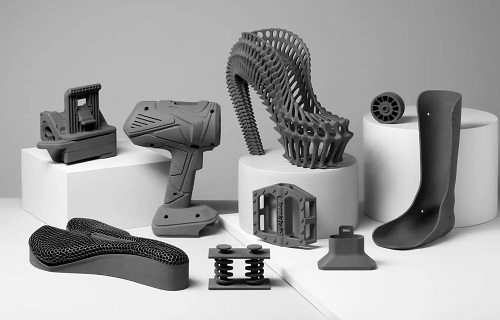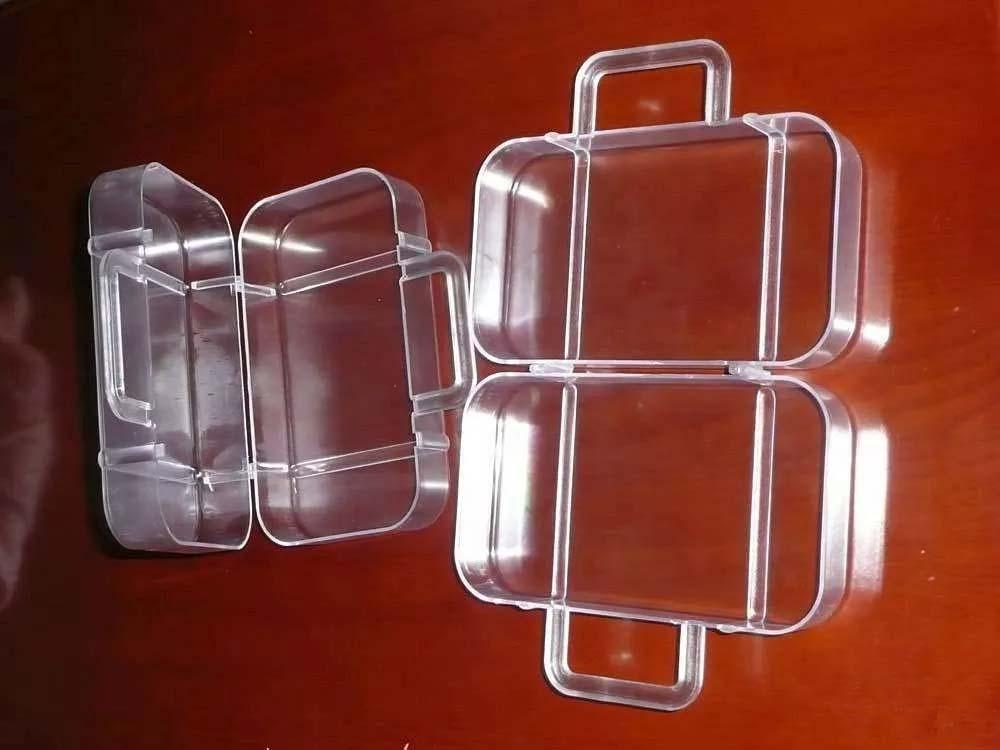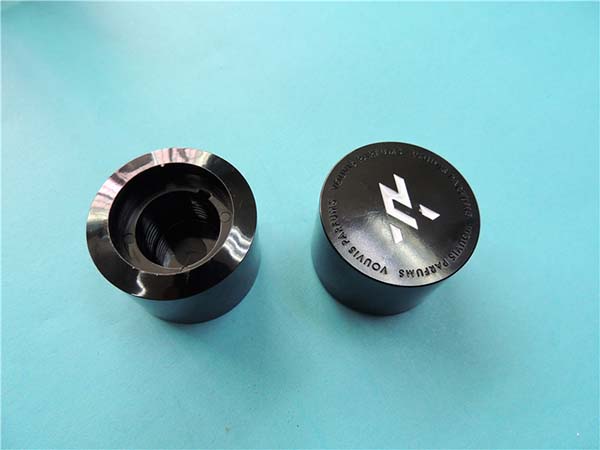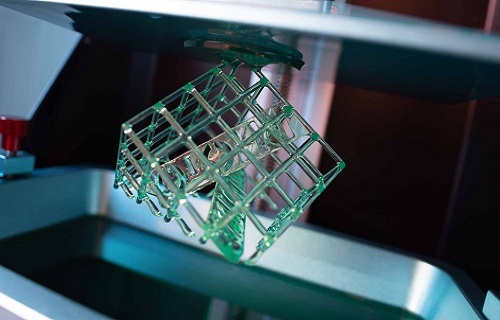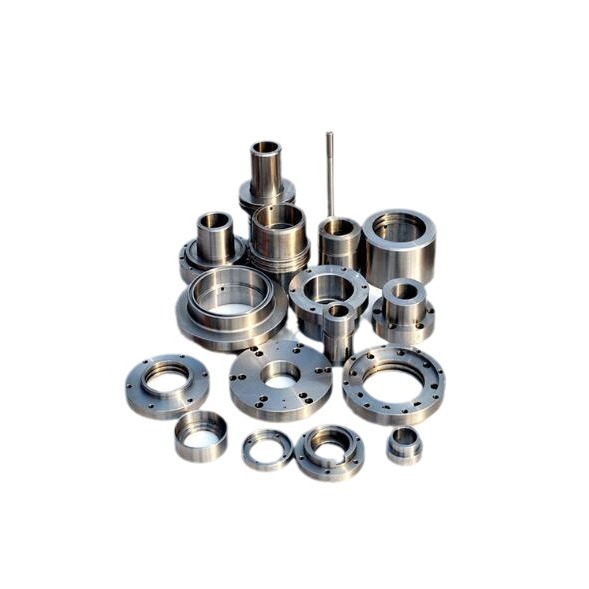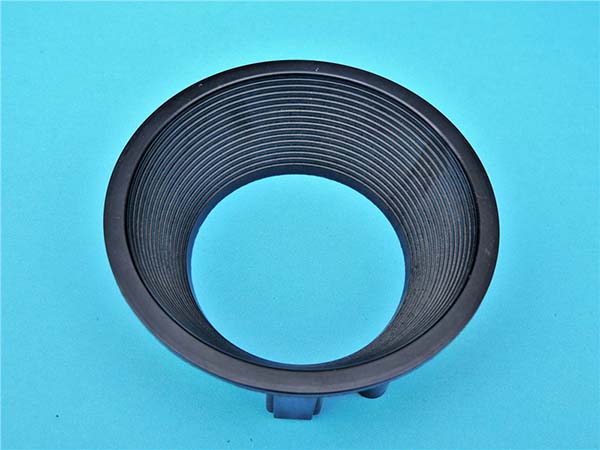How Does Resin 3D Printing Work?
The Basic Principle
Resin 3D printing, also known as stereolithography (SLA) or digital light processing (DLP), operates on the principle of photopolymerization. Photopolymerization is a chemical process where a liquid photosensitive resin is exposed to light, typically ultraviolet (UV) light, which causes the resin to rapidly solidify or cure. This solidification occurs due to the activation of photo - initiators within the resin. When UV light hits these initiators, they start a chain reaction that cross - links the resin's monomers, transforming the liquid resin into a solid plastic - like material. This process is repeated layer by layer. A 3D model is sliced into thin cross - sectional layers in the software. Each layer corresponds to a specific shape, and as the light source traces out the shape of the layer on the liquid resin, that layer solidifies, gradually building up the 3D object from the bottom up.
Key Components of a Resin 3D Printer
- Light Source: This is a crucial component as it provides the energy needed for photopolymerization. In SLA printers, a focused UV laser is often used. The laser beam is precisely controlled to trace the shape of each layer onto the resin surface. For DLP printers, a digital micromirror device (DMD) is used to project an entire layer of light onto the resin at once. The light source must emit light within the appropriate wavelength range (usually around 365 - 405 nm for common resin types) to effectively cure the resin.
- Resin Tank: The resin tank holds the liquid photosensitive resin. It is usually made of a transparent material that allows the UV light to pass through easily. The tank needs to be durable and resistant to the chemical properties of the resin. Some tanks are designed to be easily removable for resin replacement or cleaning. The shape and size of the tank determine the maximum build volume of the printer in the X and Y directions.
- Printing Platform: The printing platform is where the solidified resin layers are adhered to and where the 3D object is built. It starts at the bottom of the resin tank and moves either up or down during the printing process. As each layer of resin is cured, the platform moves a small distance, typically in the range of 0.02 - 0.1 mm per layer, to allow the next layer of resin to flow in and be cured on top of the previous one. The platform must be flat and stable to ensure accurate layer - by - layer deposition and the overall quality of the printed object.
Different Types of Resin 3D Printing Technologies
Stereolithography (SLA)
SLA is one of the earliest and most well - known resin 3D printing technologies.
- Workflow: In an SLA printer, a UV laser is used as the light source. The 3D model is sliced into thin layers in the software. Then, the laser beam is directed by a galvanometer - based scanning system to trace the cross - sectional shape of each layer onto the surface of the liquid resin in the resin tank. As the laser hits the resin, it cures the resin in the exact shape of the layer. After one layer is completed, the build platform moves down a small distance (usually between 0.02 - 0.1 mm), and a new layer of resin is recoated over the previously cured layer. This process repeats until the entire 3D object is built.
- Advantages:
- High Precision: SLA can achieve very high levels of precision. It can typically produce parts with a layer thickness as thin as 0.02 mm, which allows for the creation of highly detailed models. For example, in jewelry design, SLA can accurately reproduce intricate patterns and delicate details on small jewelry pieces.
- Smooth Surface Finish: The cured resin in SLA results in a relatively smooth surface finish compared to some other 3D printing technologies. This makes it suitable for applications where aesthetics matter, such as in the production of prototypes for consumer products like smartphones or cameras.
- Disadvantages:
- Limited Build Volume: SLA printers generally have a smaller build volume compared to some other types of 3D printers. For large - scale production or creating large objects, this can be a significant limitation.
- Slow Printing Speed: The point - by - point curing of the resin by the laser makes SLA a relatively slow printing technology, especially when compared to DLP. This can increase the production time for complex or large models.
| Aspect | SLA |
| Precision (Typical Layer Thickness) | 0.02 - 0.1 mm |
| Speed (General Comparison) | Slow, especially for large or complex models |
| Surface Finish | Smooth |
| Build Volume (Common Sizes) | Small to medium - sized, often limited in all dimensions |
Digital Light Processing (DLP)
DLP is another popular resin 3D printing technology.
- How it Differs from SLA: While both SLA and DLP use photopolymerization of resin, the main difference lies in the light source and how the layers are cured. In DLP, a digital micromirror device (DMD) is used as the light source. Instead of a laser tracing the shape of each layer point - by - point like in SLA, DLP projects an entire layer of light onto the resin at once. The DMD contains a large number of tiny mirrors that can be individually controlled. These mirrors direct the light from a light source (usually a high - intensity lamp) to create the exact pattern of the layer on the resin surface, curing the entire layer simultaneously.
- Applicable Scenarios:
- Dental Applications: DLP is widely used in dentistry for creating dental models, crowns, and bridges. The high precision and fast printing speed allow for the efficient production of accurate dental prosthetics. For instance, a dental laboratory can use DLP to quickly produce multiple dental models for different patients in a day.
- Jewelry Prototyping: Similar to SLA, DLP is great for jewelry prototyping. Its ability to create detailed and smooth - surfaced models makes it a preferred choice for jewelers to test new designs before mass production.
- Advantages:
- Faster Printing Speed: Since DLP cures an entire layer at once, it can be significantly faster than SLA, especially for models with many layers. This makes it suitable for high - volume production of small to medium - sized parts.
- High Resolution: DLP can achieve high resolutions, resulting in highly detailed prints. It can reproduce fine details with great accuracy, which is crucial for applications like micro - scale models or parts with intricate geometries.
Materials Used in Resin 3D Printing
Common Resin Materials
- Acrylic Resins: Acrylic - based resins are widely used in resin 3D printing. They offer a good balance of properties. For example, they typically have relatively fast curing times under UV light, which can speed up the printing process. They also provide a decent level of mechanical strength for general - purpose applications. In the creation of small consumer product prototypes like keychains or small figurines, acrylic resins are often the go - to choice. They can achieve a smooth surface finish and are available in a variety of colors, allowing for aesthetically pleasing prints.
- Epoxy - Based Resins: Epoxy resins are known for their high strength and excellent chemical resistance. In industrial applications, such as the production of molds for casting small metal parts or in the creation of parts that need to withstand harsh chemical environments, epoxy - based resins are preferred. They can better resist chemical attacks from solvents or corrosive substances compared to some other resin types. However, they usually have a slower curing speed compared to acrylic resins, which might increase the overall printing time.
| Resin Type | Curing Speed | Mechanical Strength | Chemical Resistance | Common Applications |
| Acrylic Resins | Fast | Moderate | Moderate | Consumer product prototypes, small figurines |
| Epoxy - Based Resins | Slow | High | High | Molds for metal casting, parts in chemical - exposed environments |
Specialized Resins
- High - Temperature Resistant Resins: These resins are designed to maintain their structural integrity at elevated temperatures. In the aerospace industry, for example, components such as small brackets or interior parts that are exposed to high - temperature environments during flight can be printed using high - temperature resistant resins. They can withstand temperatures that would cause regular resins to deform or degrade. This allows for the production of lightweight yet heat - resistant parts, contributing to the overall efficiency and safety of aircraft.
- High - Toughness Resins: High - toughness resins are formulated to have enhanced resistance to cracking and breakage. In the automotive industry, they can be used to print parts like small connectors or interior trim components that need to endure vibrations and impacts during vehicle operation. Their high - toughness properties ensure that these parts can function properly over an extended period, reducing the need for frequent replacements.
Tips for a Successful Resin 3D Printing Process
Pre - printing Preparation
- Check the Equipment: Before starting a resin 3D printing job, thoroughly check the printer. Ensure that all moving parts, such as the linear actuators and motors for the build platform movement, are in good working condition. For example, if the build platform doesn't move smoothly, it can lead to misaligned layers and a failed print. Clean the printer's optical components, like the lenses in SLA printers or the DMD in DLP printers, as dust or debris on these components can affect the quality of the light projection and thus the curing of the resin layers.
- Calibrate the Platform: A properly calibrated printing platform is essential. Use the printer's built - in calibration tools to ensure that the platform is parallel to the resin tank. If the platform is not level, the thickness of the printed layers will vary across the model, resulting in a distorted final product. Most printers have a step - by - step calibration process that may involve adjusting screws or using sensors to measure the distance between the platform and the light source at different points.
- Prepare the Resin: First, make sure the resin is at the right temperature. Resin viscosity can be highly temperature - dependent. For instance, if the resin is too cold, its viscosity will increase, making it difficult to flow evenly during the recoating process between layers. On the other hand, if it's too warm, the resin may cure too quickly or become unstable. Many resins work best at room temperature (around 25°C), but it's always advisable to check the manufacturer's recommendations. Also, gently stir the resin to ensure that any settling pigments or additives are evenly distributed.
Post - printing Processing
- Washing: After the printing is complete, the printed object needs to be washed to remove any uncured resin. A common method is to use a solvent bath, such as isopropyl alcohol (IPA). Submerge the printed part in the IPA for a few minutes, gently agitating it if possible. However, be cautious when using solvents as they are often flammable and should be used in a well - ventilated area. Some printers come with built - in washing stations that automate this process, but for others, a simple container with IPA and a pair of tweezers can do the job.
- Curing: Even after washing, the printed object may not be fully cured. A secondary curing process is usually required. This can be done using a dedicated UV curing chamber. Place the washed part inside the chamber and expose it to UV light for the recommended time, which can range from 10 - 30 minutes depending on the resin type and the size of the object. Make sure the part is rotated or positioned in a way that all surfaces are evenly exposed to the UV light to ensure uniform curing.
- Finishing (Sanding and Polishing): To achieve a smooth surface finish or to remove any support structures, sanding and polishing may be necessary. Start with a coarse - grit sandpaper to remove large bumps or excess resin, and then gradually move to finer - grit sandpapers for a smoother finish. For example, start with 120 - grit sandpaper and progress to 600 - grit or higher. After sanding, polishing compounds can be used to give the part a high - gloss finish. This step is crucial for applications where aesthetics are important, such as in jewelry or high - end product prototypes.
Yigu Technology's Perspective
As a non - standard plastic metal products custom Supplier, Yigu Technology highly values the role of resin 3D printing in customized production. Resin 3D printing allows for the creation of complex and unique designs that are difficult to achieve through traditional manufacturing methods. This technology enables us to quickly produce prototypes and small - batch customized products, reducing the lead time and cost associated with tooling and molding in traditional manufacturing.
For the industry's future development, resin 3D printing is expected to drive more innovation. It will open up new possibilities for product design, especially in industries such as aerospace, automotive, and medical, where customized parts with high precision are in great demand. Yigu Technology is committed to leveraging this technology to provide better - quality customized products and meet the evolving needs of our customers in the dynamic market.

